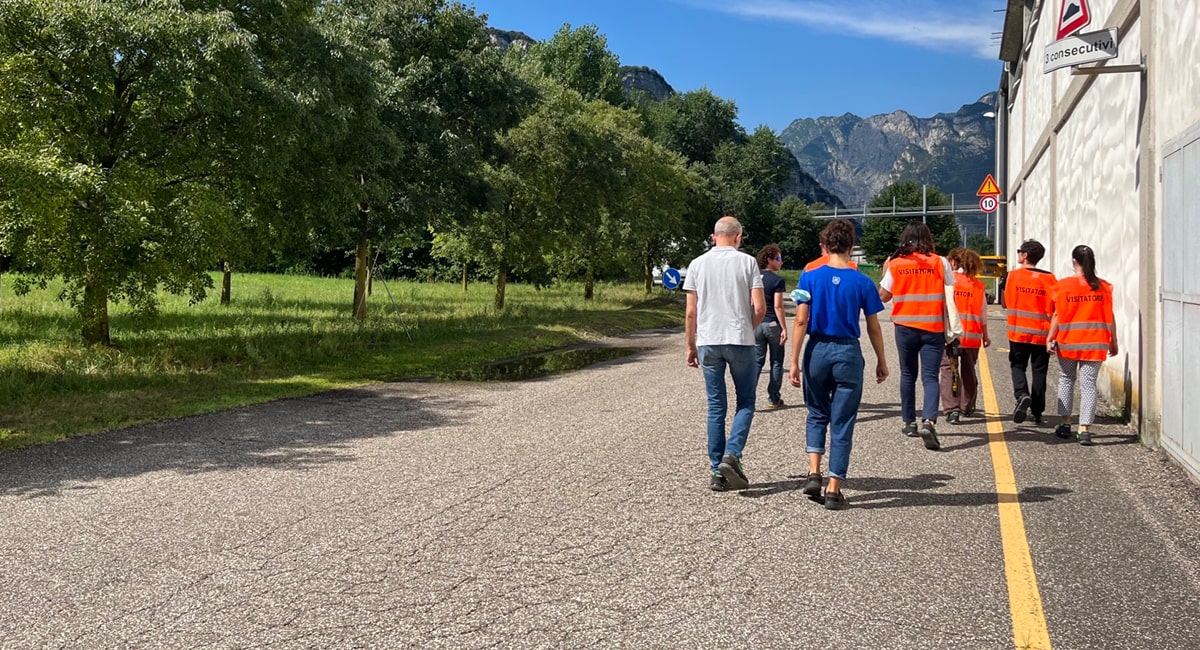
Nature and People in balance in our way of doing business
“Making business work for people and nature”
is the manifesto that embodies our vision of ‘environment’ and ‘people’ as deeply interconnected and inseparable concepts. Creating products with excellent technical and aesthetic characteristics without human skills and high-quality raw materials would be impossible. Therefore, our People and Nature Commitment is the first step in our holistic approach to making a difference in Goal 15 of Agenda 2030 – Life on Earth.
Within it, we identify the actions through which we want to substantially reduce our CO2 emissions to reach the goal of zero net emissions by 2030. This considers all sectors (scopes 1, 2 and 3). Our commitment also covers actions focused on decreasing water withdrawal, combating air and water pollution, promoting the recovery of industrial waste and moving towards a circular economy. In addition, from 2022, we are striving for Zero Deforestation or against the conversion of natural ecosystems. To do this, we are ensuring a net positive impact on biodiversity both at our production sites and along the supply chain. Specifically:
- Fedrigoni does not own or manage forests, and cellulose comes from our suppliers. However, we require Forest Stewardship Council (FSC) certification for 100% of our purchases. Building on the FSC certification, we are further deepening the traceability of our pulp supply chain from 2023 in anticipation of future European legislation (EUDR);
- We regularly monitor respect for human rights both within Fedrigoni sites and at our suppliers’ premises, also using third-party audits. Even though we recorded no violations in the first year, we have a Remediation & Mitigation Plan ready;
- Within each of our paper mills, we identify natural spaces where we can restore existing biodiversity and monitor the return of local birds of prey. Birds of prey are at the top of their food chain, and their well-being is closely linked to the health of the environment in which they live.
The need for these actions also stems from the urgency that emerges from the ‘planetary boundaries’. This model was developed in 2009 by a group of international researchers led by Johan Rockström of the Stockholm Resilience Centre. The nine planetary boundaries identified indicate the limits and capacity of the Earth within which human activities can occur without conflicting with nature. That means without destabilising the Earth’s achieved balance and the ecosystem services we depend on. This equilibrium includes food production, availability of drinking water, materials and energy, climate and tidal regulation, water purification, pollination and pest control, and aesthetic, spiritual, educational and recreational value.
To date, humans have exceeded six of the nine limits. Although crossing a single planetary boundary does not equate to drastic changes happening overnight, taken together, crossing multiple critical thresholds results in significantly increased risks to humanity and the ecosystems of which we are a part.
We live in an interconnected world, which could undergo irreversible changes. Bringing the Earth back within the safe confines of planetary limits requires everyone’s contribution.
At Fedrigoni, we are accelerating the achievement of our ESG goals to 2030 to contribute to mitigating these changes.
Discover our People&Nature Commitment:
https://fedrigoni.com/en/sustainability/the-environment/biodiversity/











